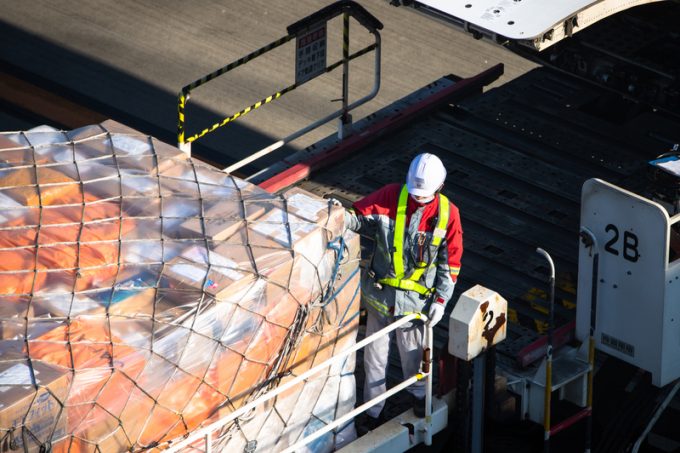Bangladesh readies new air cargo facilities after ban by India
After India cancelled the use of its transhipment facilities for Bangladesh cargo, the government decided ...

SASI World has unveiled a comprehensive set of protocols for airports, airlines and on-airport operators to process air cargo in the post-Covid environment.
“Decades of SASI World management experience and analysis has shown that the industry still operates in a fragmented environment of standards and regulations. ...

Comment on this article